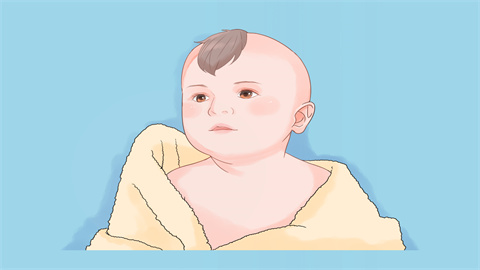Can a ten-month-old baby eat waxberry?
Generally, when a 10-month-old baby has good gastrointestinal function and has already adapted to various complementary foods, parents may cautiously consider introducing waxberries. However, if the baby's gastrointestinal function is weak or the baby hasn't yet adapted to complementary foods, eating waxberries is not recommended. Detailed explanations are as follows:

If a 10-month-old baby has successfully started eating various complementary foods such as rice porridge, pumpkin puree, and apple puree, without experiencing allergies or digestive discomfort, and has already erupted more than four baby teeth with good chewing and swallowing abilities, then waxberries can be washed thoroughly, pitted, and blended into a smooth puree for feeding in small amounts. Start with half a spoon for the first time, and observe for 3 days whether there are any allergic or adverse reactions such as rashes, diarrhea, or vomiting.
If the baby has weak gastrointestinal function, often experiences digestive issues such as bloating or diarrhea, hasn't yet been introduced to other fruit-based complementary foods, or has a history of allergies to common foods such as eggs and milk, then waxberries are unsuitable. Waxberries contain fruit acids and dietary fiber, which can strongly irritate the gastrointestinal tract. Immature fruits are even more acidic and may cause vomiting or abdominal pain. Additionally, 10-month-old babies have limited swallowing control, and consuming whole berries or large chunks may easily cause choking.
When introducing waxberries to a 10-month-old baby, the quantity must be strictly controlled, the fruit must be completely pitted and processed into puree, and the baby's digestion and allergic reactions must be closely monitored throughout the process, always prioritizing safety when gradually adding new foods.







